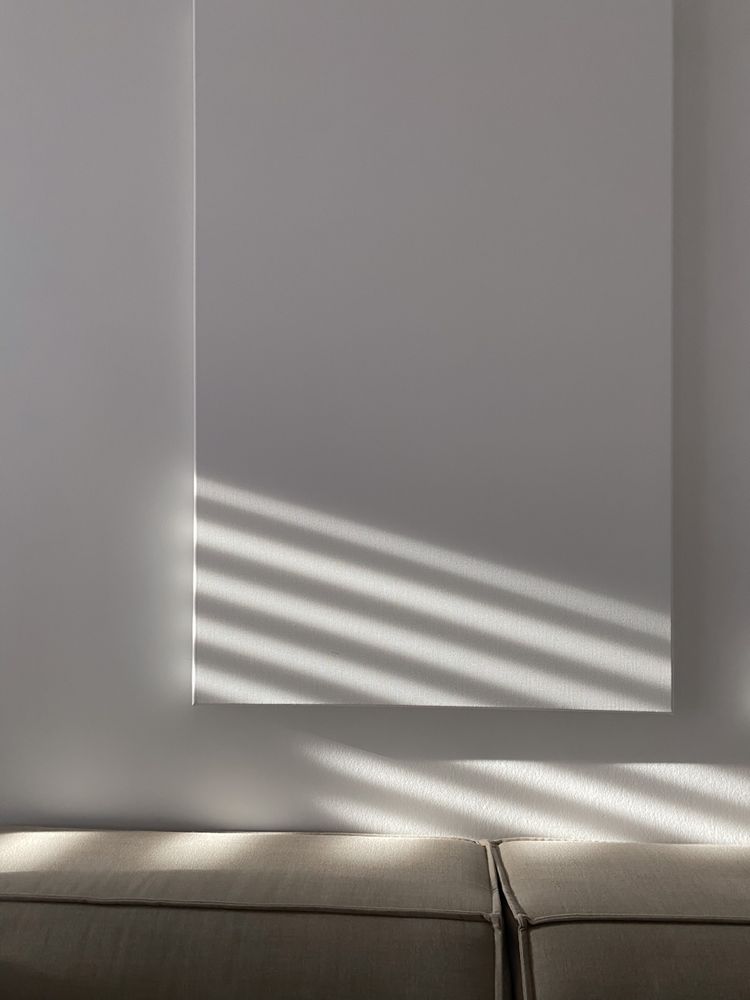How can the artwork in exhibition earn more respect?
WHAT
Photographing and selfies in the art museum have increasingly become a cultural phenomenon in recent years. However, a large proportion of people go to art galleries or exhibitions just for taking pictures to post on social media, rather than being interested in the artworks or wanting to learn about them. Apparently, museums are no longer a place to see art or exhibits, but a place to create identity materials for Instagram posts. The two main motivations for taking photographs in museums are as a building material for self-identity and as an art form in its own right (Theopisti, 2017). Consequently, the research examines how attitudes and opportunities have changed in relation to this phenomenon.
WHY
The intention of the self-business program in establish a comprehensive concept store based on a contemporary fashion select shop combined with an art space inside. It will conduct exhibitions by cooperating with different artists in each period to assist lesser-known artists in having a performance space to exhibit their work. Therefore, this change is entirely meaningful to me that only by creating an environment that respects art and artists, that I can be qualified to operate such a space. Moreover, through talking with those who love arts and often went to the museum, I have observed that people who really want to understand the exhibition are bothered by this behaviour. Furthermore, the artists are unable to effectively communicate their ideas to the audience. This process results in the artwork becoming a photo set, which has lost its essential meaning.
HOW
After reviewing one of the early intervention examples it inspired me to use sarcastic ways to convey this idea as an exhibition. Sarcasm leads to clearer and more creative thinking (Francesc, 2015). There will be some blank paintings (white and black canvas) and also the green ones hung on the wall at the exhibition, as a sign of irony that shows those who take pictures at the exhibition have no concern for what they see, in their eyes or minds, every painting is blank. Furthermore, the green canvas can be a metaphor for the green screen such as the background wall used by the film industry for photoshop, as well as the exhibition area has become the retouching background for those “photographers”. Additionally, I will set up some photo spots in the exhibition hall, and when the audience stands there, the exhibits will block the photo angle to simulate the mood when the exhibits are normally blocked with people. The exhibition is named “untitled”, because for those who only visit the exhibition to take pictures, the name of it is no longer important to them, and the works become an “untitled” art. The location will be at Chamberlayne Road, 99, London, NW10 3ND, on July 9th (Saturday) and 10th (Sunday).
WHAT IF
By recording exhibition material using a virtual reality 360° camera, I can spread it in various forms and affect more people without limitations of time and place. The change can have a positive impact on people’s thoughts and behaviours over time in the form of a chain of communication. Through the output of ideas, they will become aware of this phenomenon, which is also the first and most significant step toward change. Furthermore, completing this project will put me one step closer to my future goals. It will allow me to gain a deeper understanding of the planning and creation process of an art gallery. The basis of changing public attitudes is cognition, and people can only change the possibility once they realize it.

